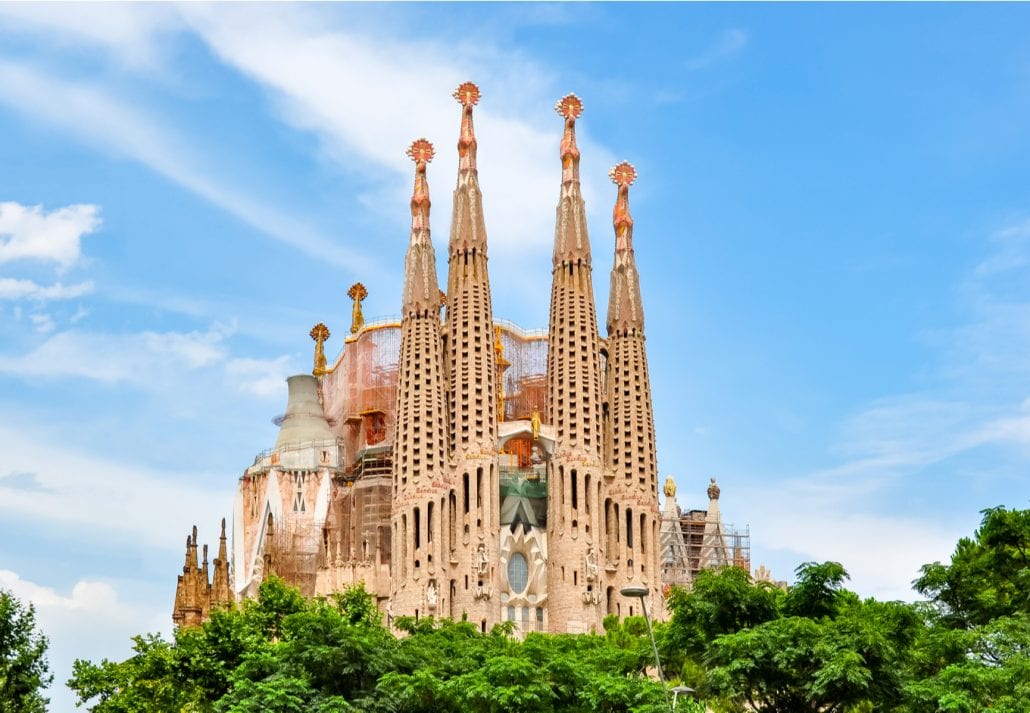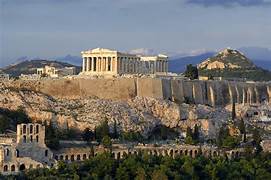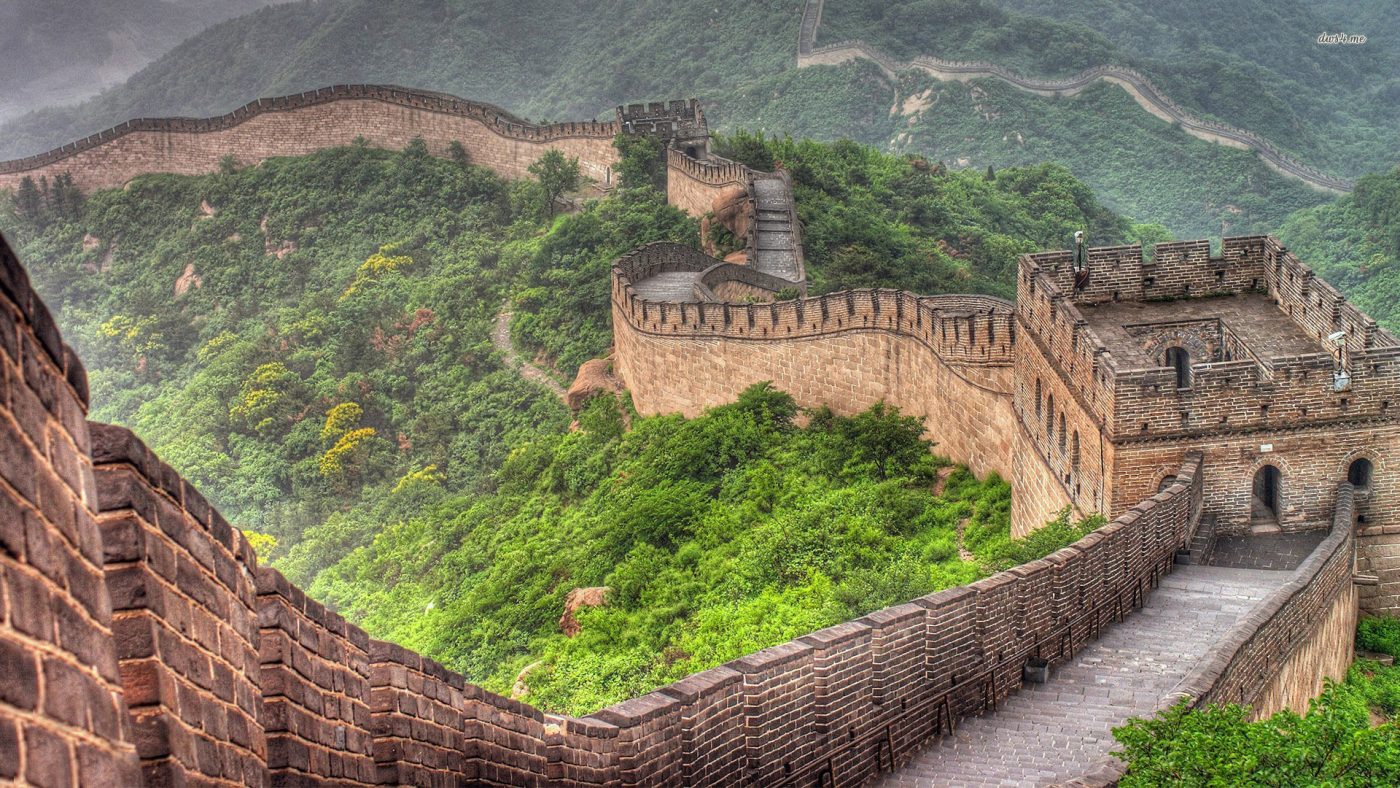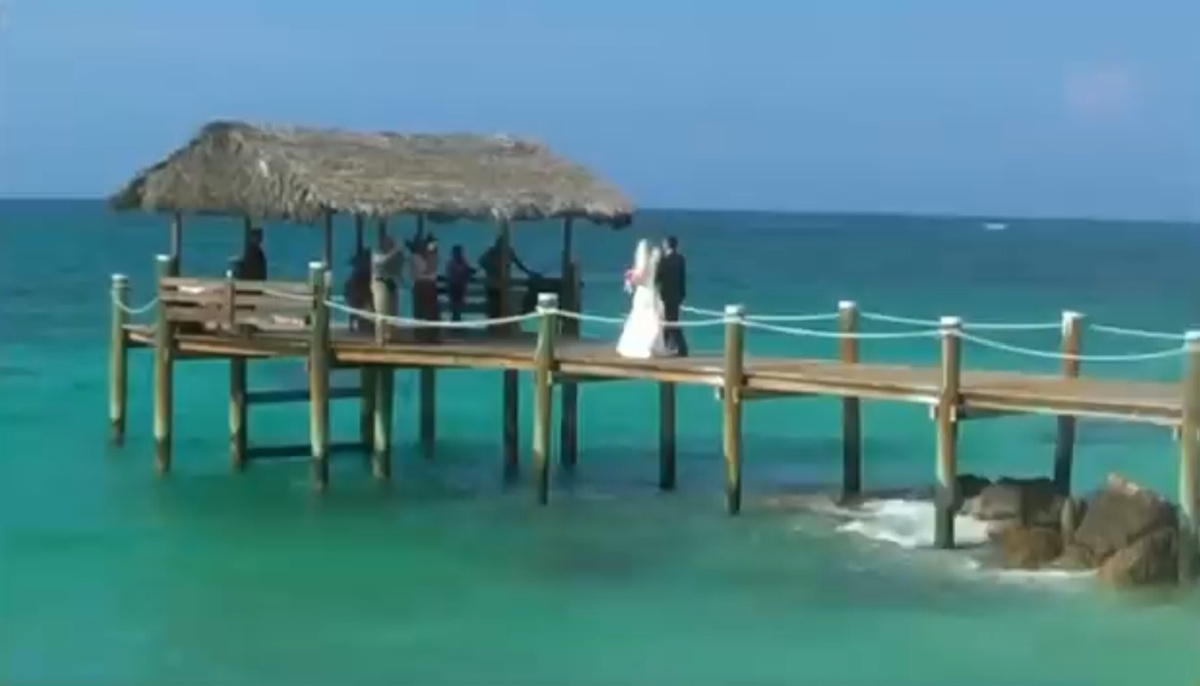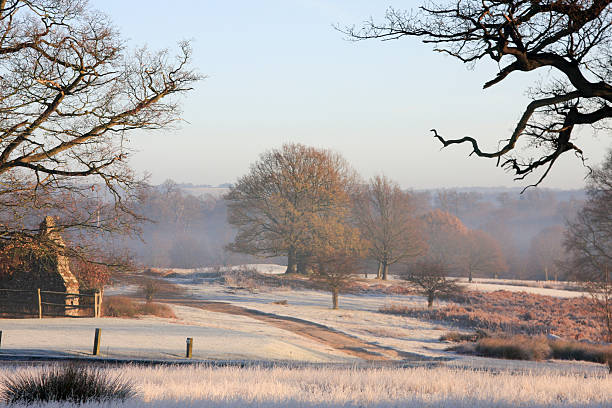Our journey through Campania's treasures took us along some of the world's most spectacular coastlines, to islands of legendary beauty, through the haunting remains of an ancient city frozen in time, and into a palace so grand it rivaled Versailles itself. From the dramatic cliffs of the Amalfi Coast to the blue waters of Capri, from the volcanic ruins of Pompeii to the baroque splendor of Caserta, we experienced Italy at its most diverse and magnificent.
Campania: Where Beauty Meets History
This region of Italy offers an embarrassment of riches—dramatic coastal scenery that has inspired artists for centuries, islands that have captivated emperors and celebrities alike, archaeological sites that offer windows into ancient Roman life, and palatial architecture that showcases the heights of royal ambition. We found ourselves constantly amazed by the variety and intensity of experiences, each destination offering something completely different yet quintessentially Italian.
"Campania is where nature's artistry meets human achievement—from cliffs plunging into azure seas to palaces that defy imagination, from cities buried by fire to islands kissed by eternal sunshine."



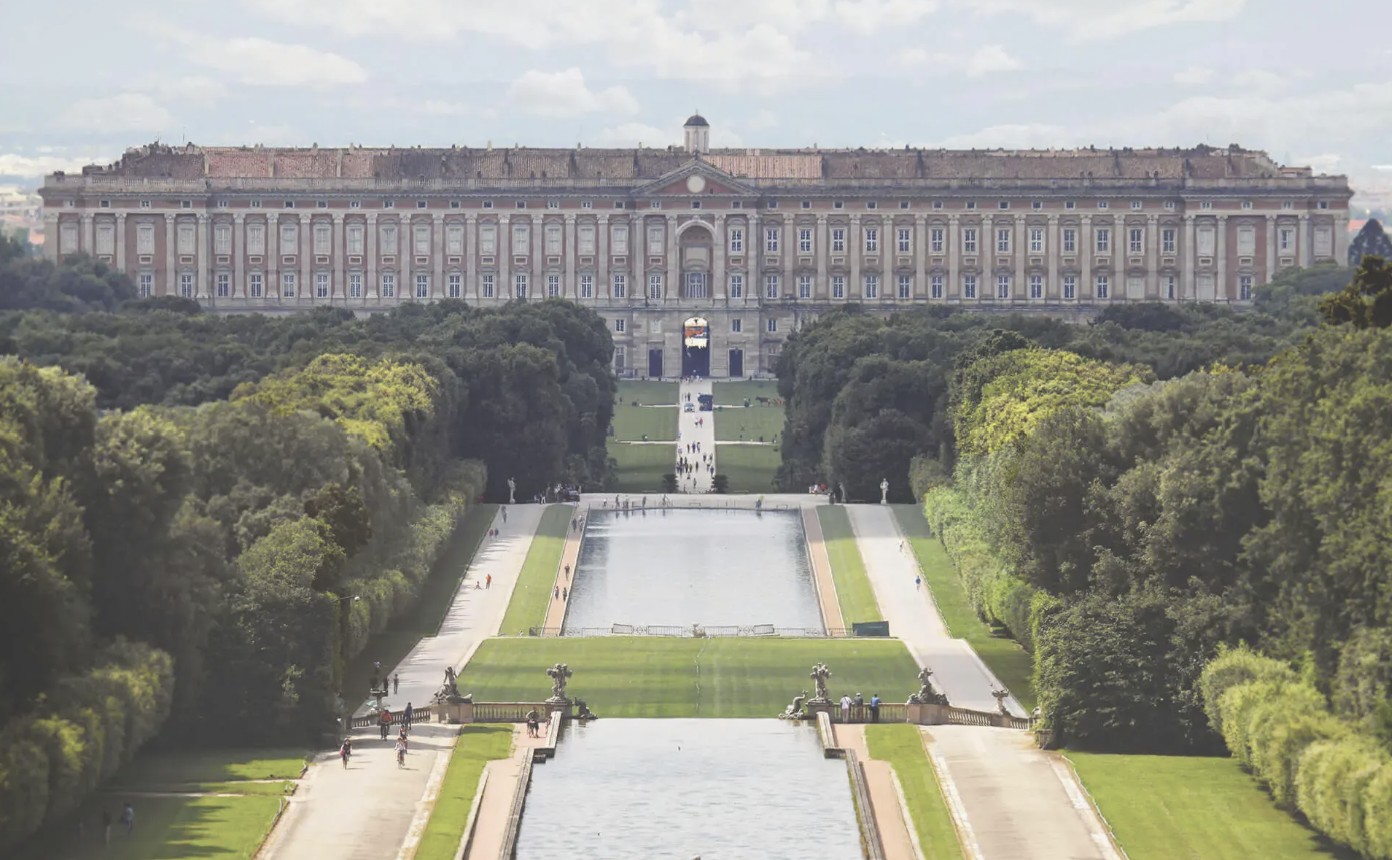
Our Southern Italian Odyssey
Each stop on our journey revealed a different facet of this remarkable region, creating a tapestry of experiences that captured the full spectrum of Italian beauty and heritage.
- The Amalfi Coast: Driving along the Amalfi Coast highway was an adventure in itself—hairpin turns clinging to cliff faces, with the Mediterranean sparkling impossibly blue hundreds of feet below. The famous coastal road winds past pastel-colored villages perched precariously on steep hillsides, terraced lemon groves cascading down to the sea, and vistas so beautiful they seem painted rather than real. We explored the charming towns—Positano with its vertical cascade of boutiques and cafés, Amalfi with its magnificent cathedral, and Ravello with its cliff-top gardens offering panoramic views. The scent of lemon blossoms filled the air, bougainvillea spilled over stone walls, and everywhere we looked, there was another postcard-perfect scene. This coastline has been enchanting travelers since Roman times, and we understood completely why it's considered one of the world's most beautiful destinations.
- Capri: The island of Capri exceeded even our high expectations. We took the ferry across the Bay of Naples, watching the famous Faraglioni rock formations emerge from the blue waters as we approached. The island exuded glamour and natural beauty in equal measure—from the chic boutiques and cafés of the Piazzetta to the stunning Gardens of Augustus with views over the Faraglioni. We took a boat tour around the island, gliding past dramatic cliffs and hidden coves, and visited the mesmerizing Blue Grotto, where sunlight filtering through underwater cavities creates an ethereal blue glow that illuminates the entire cave. Walking through the narrow streets lined with white-washed buildings covered in cascading flowers, we felt the magic that has drawn emperors, artists, and jet-setters to this island paradise for millennia.
- Pompeii: Walking through Pompeii was one of the most profound experiences of our trip. This Roman city, buried under volcanic ash when Mount Vesuvius erupted in 79 AD, offers an unparalleled glimpse into ancient Roman life. The preservation is extraordinary—we walked on original Roman streets with deep chariot ruts, entered homes with intact frescoes still vibrant after 2,000 years, stood in the forum where citizens once gathered, and saw the haunting plaster casts of victims caught in their final moments. Bakeries with stone ovens, theaters that once rang with applause, bathhouses with intricate mosaics, and even ancient graffiti scratched into walls—all frozen in time by catastrophe. The shadow of Vesuvius looming in the background served as a constant reminder of the power that both preserved and destroyed this city. Pompeii made history tangible in a way few places can.
- Royal Palace of Caserta: The Reggia di Caserta left us absolutely stunned. Built in the 18th century for the Bourbon kings of Naples, this palace was designed to rival Versailles, and in many ways, it succeeds. With 1,200 rooms, it's one of the largest royal residences in the world. We explored the magnificent state apartments adorned with frescoes, sculptures, and chandeliers of breathtaking opulence. But the real showstopper was the gardens—stretching for nearly two miles, with grand fountains, cascading waterfalls, sculptures of mythological scenes, and perfectly manicured lawns. The central cascade and fountain of Diana and Actaeon at the end of the vista was spectacular. Walking through these grounds, we felt transported to the height of royal power and baroque excess. This UNESCO World Heritage site represents the last great achievement of Italian baroque architecture, and it's a testament to the ambition and artistic vision of the era.
Our journey through southern Italy was a feast for the senses and the soul. From the vertiginous beauty of the Amalfi Coast to the glamorous allure of Capri, from the poignant ruins of Pompeii to the overwhelming splendor of Caserta, we experienced Italy's remarkable ability to combine natural beauty, historical significance, and artistic achievement. Each destination offered its own unique magic, yet together they painted a complete picture of why this region has captivated travelers for thousands of years. We left with our cameras full, our hearts fuller, and a deep appreciation for a part of Italy that manages to be both wildly popular and endlessly rewarding.


